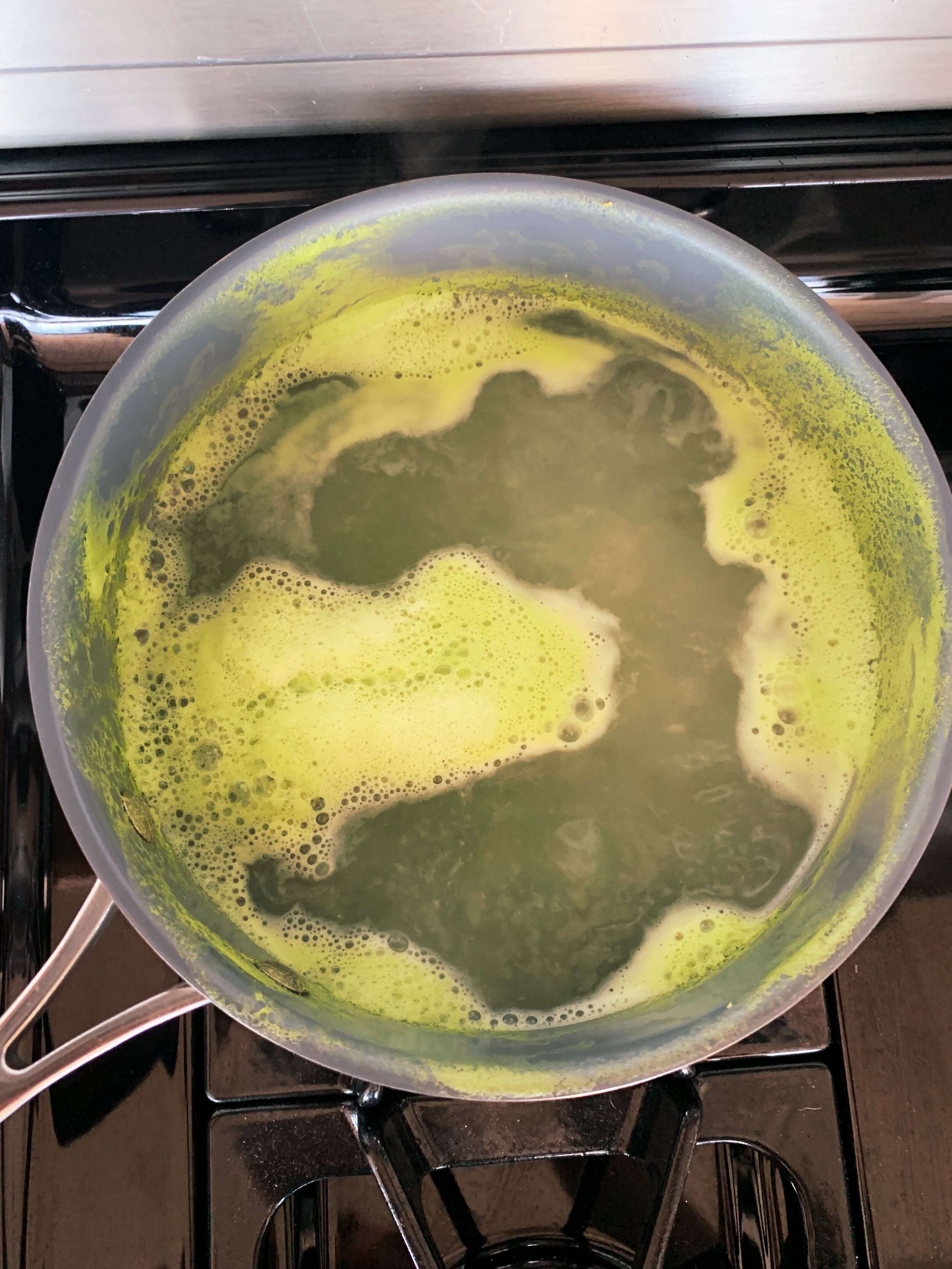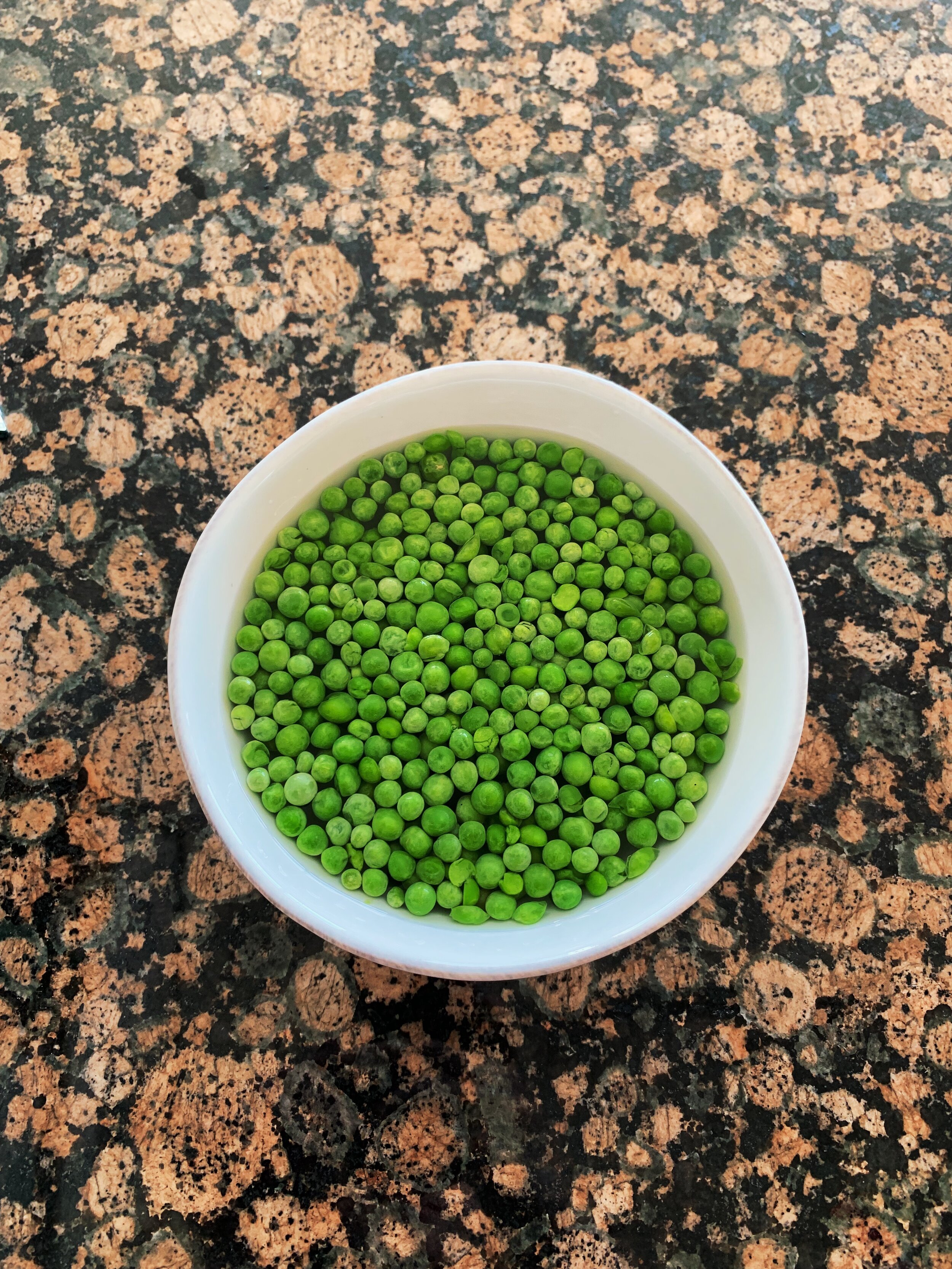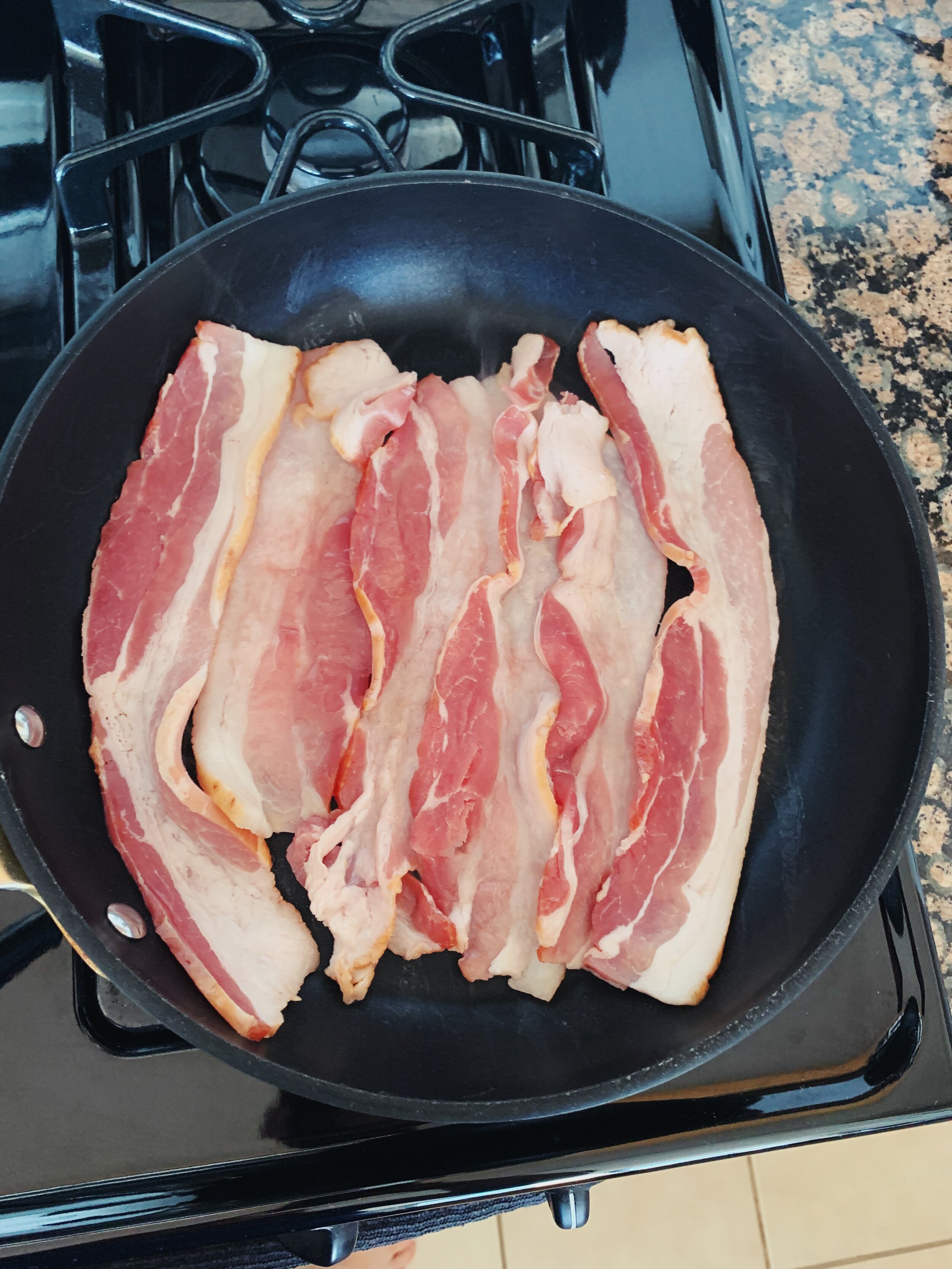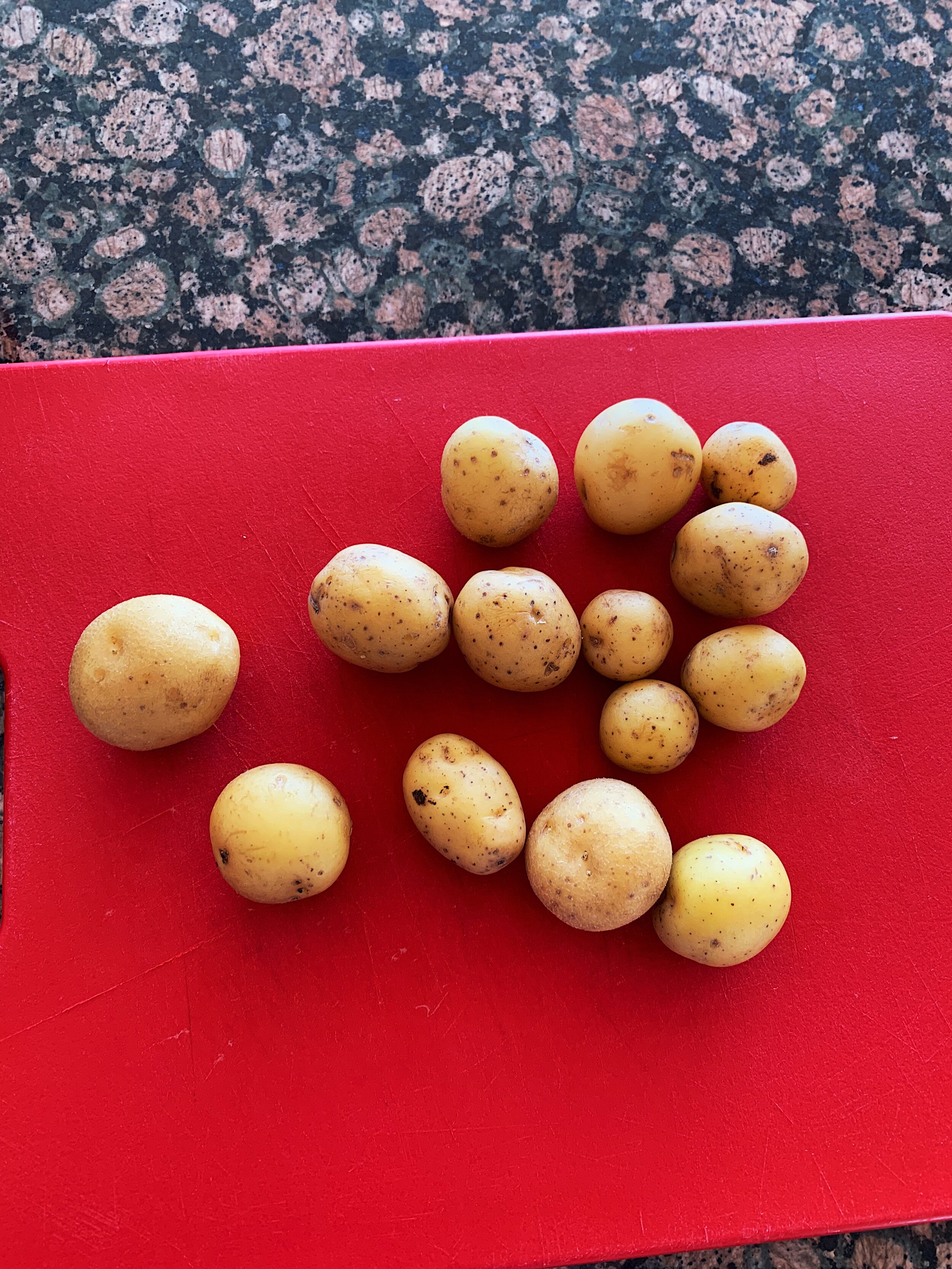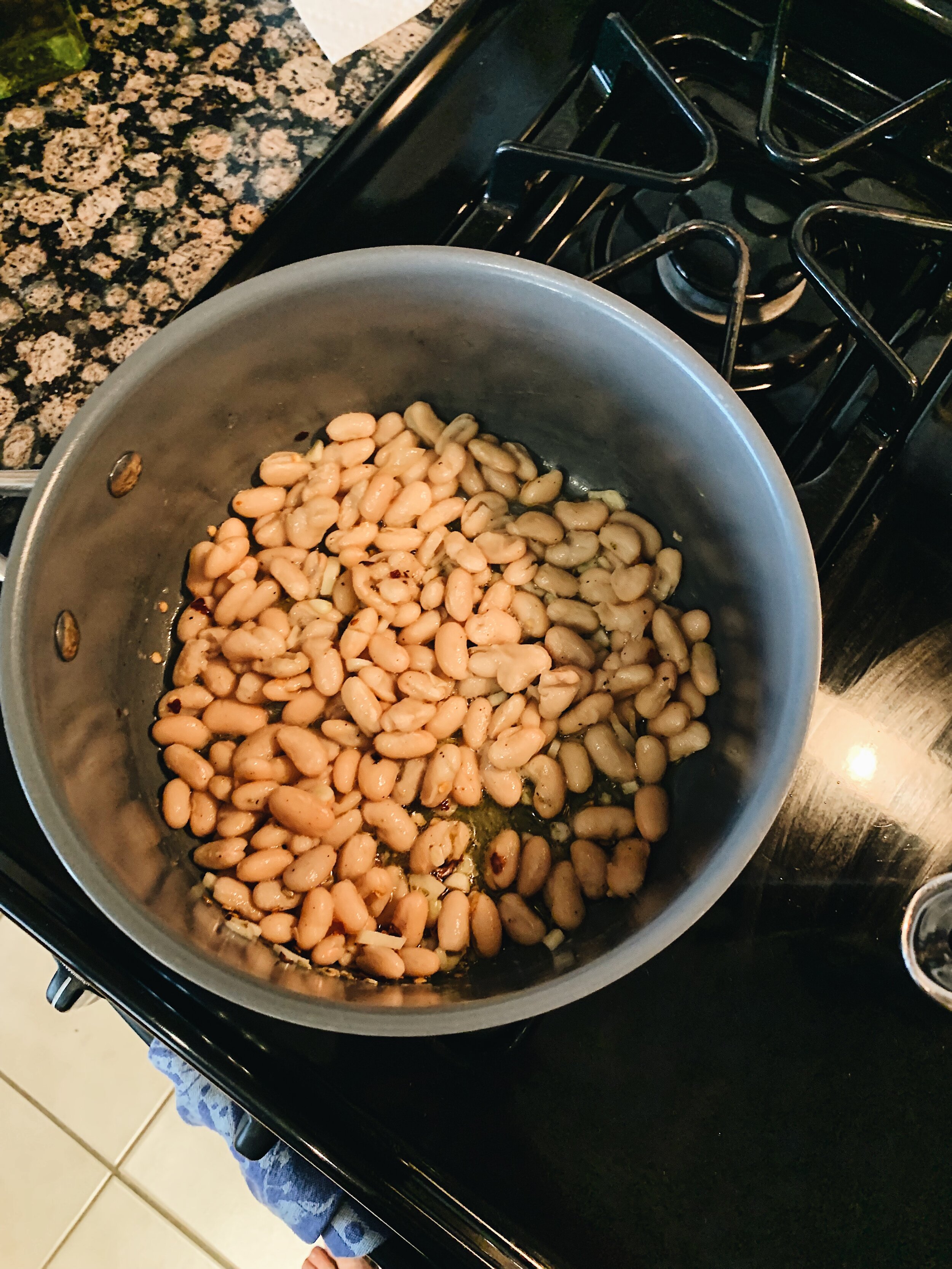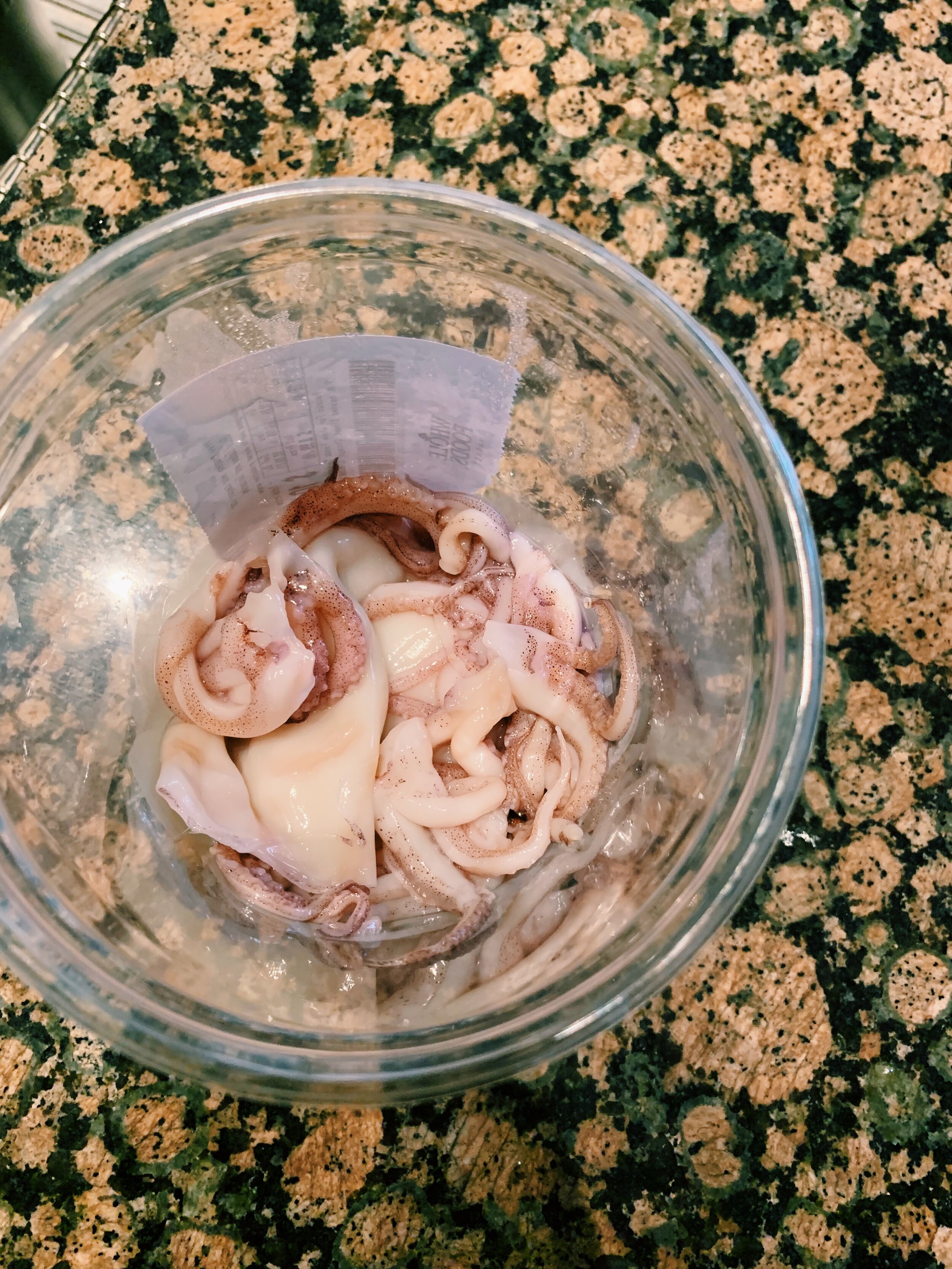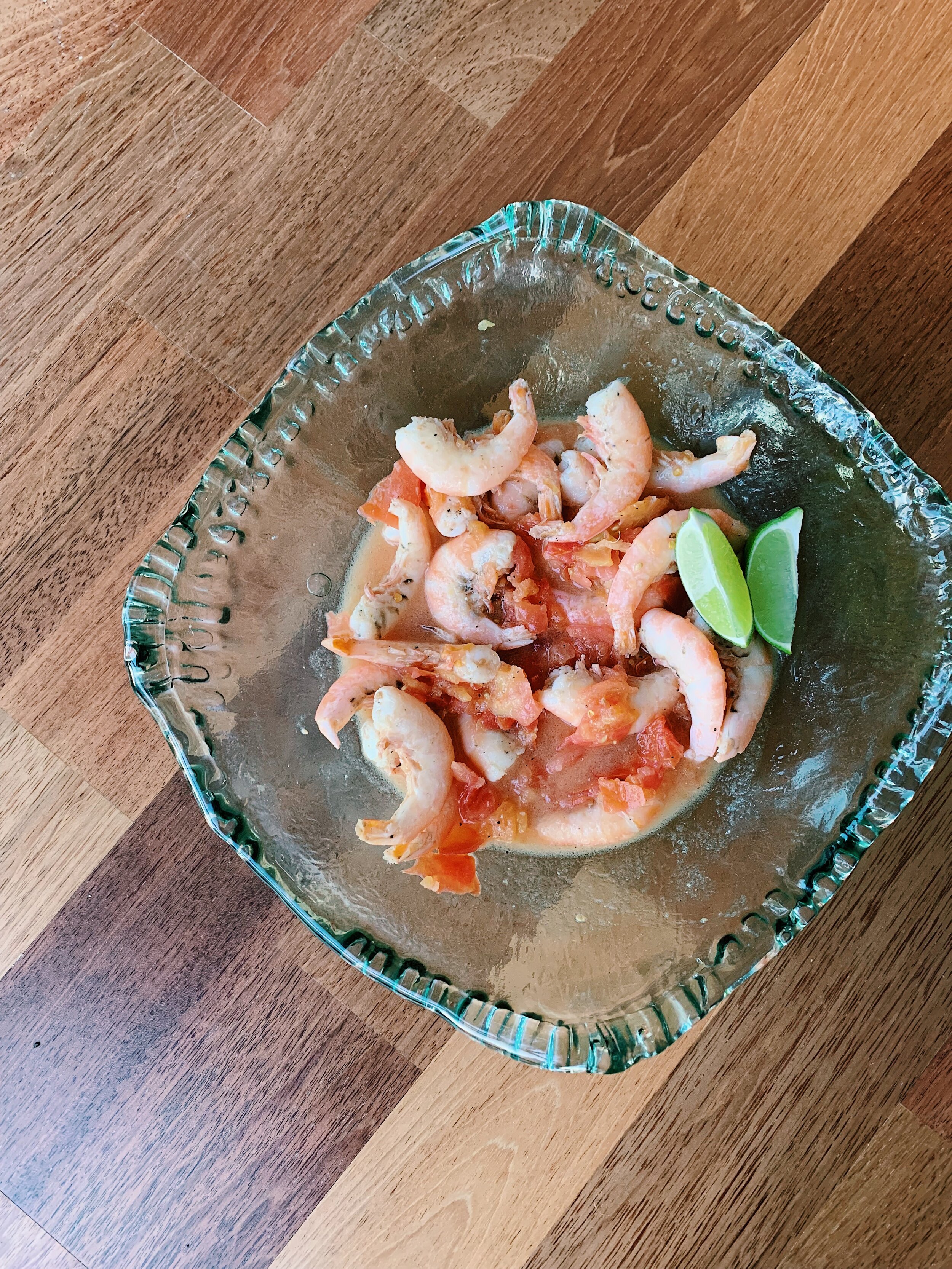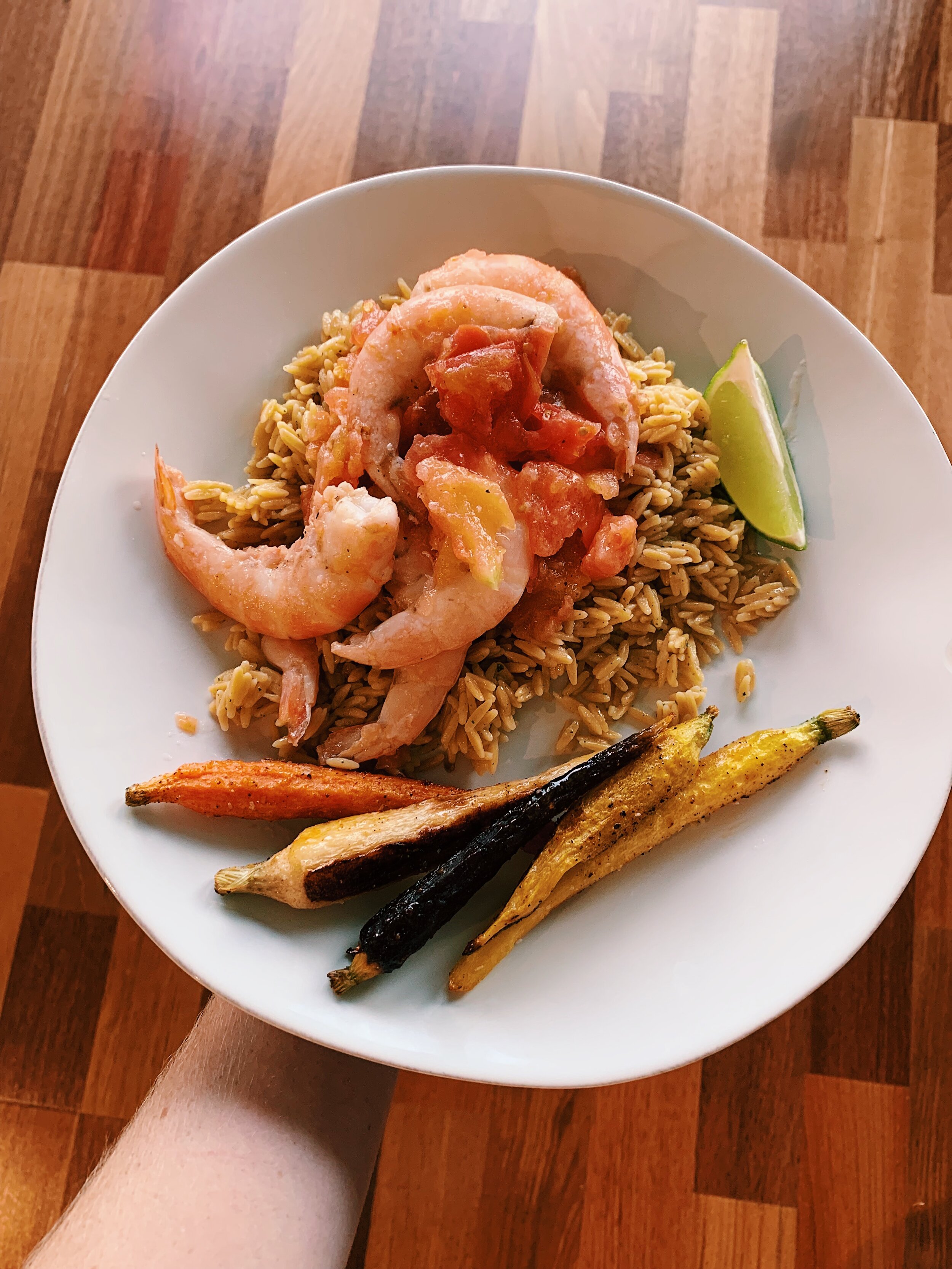I’ll admit I came to this recipe with a bit of healthy skepticism. An Indian-Korean fusion dish sounded nice in theory, but could gochujang and cumin really go well together? Thank goodness it’s in Alison we trust (at least when it comes to cooking). I didn’t have to taste this dish to know my doubts were laid to rest. I simply had to smell it…
This recipe calls for a mix of bone-in, skin-on chicken parts. Instead of trying to cut up a whole chicken myself this time, I bought 1.7 pounds each of legs and breasts. Which turned out to be a good call. With so much rich coconut milk, a darker meat, like thighs, would have felt too heavy. The whiter meat soaked in the fatty coconut and strong spices nicely. But I’m getting ahead of myself…
The first twenty minutes were spent browning the chicken in my dutch oven, trying to render as much fat as possible. Sadly, much of the skin stuck to my pot, ripping off the skin as I took it out. I kept the heat at medium, like Alison says, and used canola oil too. Perhaps it’s my pot? Maybe the heat was still too high?
With the chicken browned and the fat rendered, the chicken lies in waiting on a plate while garlic and onion spend time softening in the fat. Then joins the spice brigade: gochujang (Korean chili paste -- find this at Whole Foods or H-Mart), ginger (freshly grated), turmeric (I used the ground kind), cumin, and red pepper flakes. This is one powerful combination, and each spice is essential to the end result, adding dynamic heat, floral and earthy tones, and acidic tang (gochujang is fermented). The spices took no time at all to become fragrant. I added two cans of coconut milk next, along with chicken broth. I’ve recently taken after my pal Margaret and stopped buying cartons of chicken broth. Instead, I bought a Costco-sized jar of Better Than Bouillion and add one teaspoon at a time to boiling water before I start any recipe that requires chicken broth. It takes no time at all to make my own, plus it’s more fridge-space efficient and environmentally friendly!
I submerged the chicken in the liquid, and sprinkled in a drained can of chickpeas. Now for the fun part: put on the lid and walk away. Forty-five minutes later, the smells of spice and coconut are frankly irresistible. But the stew needs more time. I removed the lid and let everything simmer for another half hour. You’ll know it’s ready when the chicken meat can practically fall off the bone with the smallest nudge.
Toppings can make or break a dish. Good thing Alison’s suggestions make this dish a hundred times better: namely lime juice (use it liberally), fresh cilantro (sprinkle it freely), and thinly sliced red onions (enjoy). These three elements elevated the dish from being too heavily dominated by the coconut milk and chicken fat. I made the effort to chop up more for leftovers too – they’re that essential. For the record, Alison suggests fish sauce and peanuts as well, but I felt they were unnecessary.
This dish is hands-down in my top three Alison-chicken dishes. It requires moderate effort and skill for such flavorful and filling results. Plus, I’m a huge fan of Indian and Korean flavors, so it’s no surprise that this dish won me over. The other top two are her Slow-Roasted Oregano Chicken with Buttered Tomatoes (no surprise there), and Crispy Chicken Legs with Rosemary, Tiny Potatoes, and Sour Cream. I also love when a dish makes enough for leftovers. Quick tip: before storing the rest in a container, try separating all of the chicken from the bones. It takes about ten minutes, but it makes eating leftovers effortless, and less messy. You’ll thank yourself later.
140 recipes cooked, 85 to go.






